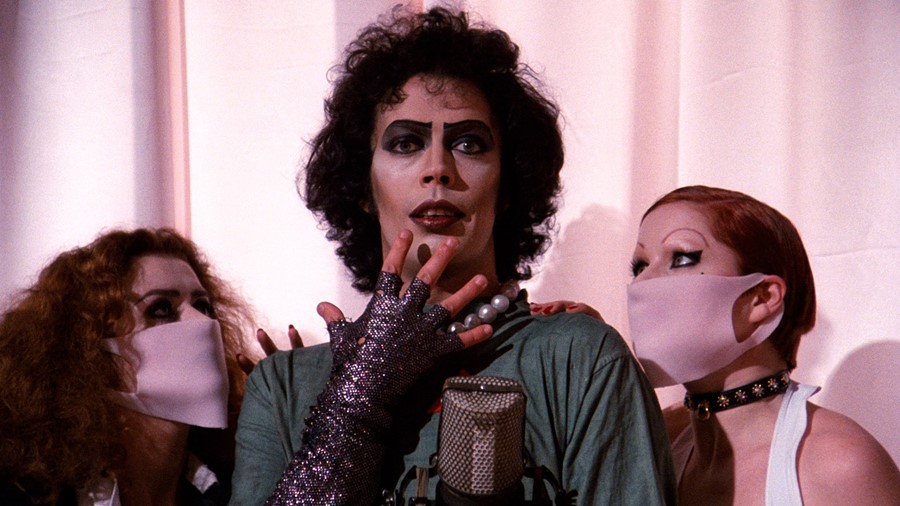On the eve of Halloween, we do the time warp and decode the cult 70s musical where punk, performance – and performativity – rule
There are few films that inspire such devoted fandom as pulpy seventies musical The Rocky Horror Picture Show. It’s the longest-running theatrical release in history (having been shown in cinemas ever since 1976), and has inspired sing-a-longs, clubnights, conventions and even an episode of Glee. Although it was made in only six weeks, in a fairly ramshackle environment manned by a cast laced with what writer Richard O’Brien remembers as “something exotic”, its legacy is enduring.
The film has served as the sexual awakening for many an adolescent, queered gender, sex and sexuality long before Judith Butler was even in print, and offers endless sartorial inspiration during this festive period. Its glam-rock-meets-rockabilly soundtrack is enough to convert even the most of musically-resistant of us to the genre and, whether you’re lusting after the agonisingly sweet Janet, the unbelievably hunky Rocky or the utterly fabulous Tim Curry, there’s someone for everyone. Here, in honour of Halloween, we explore the lessons to be learned from its liberatingly brilliant characters...
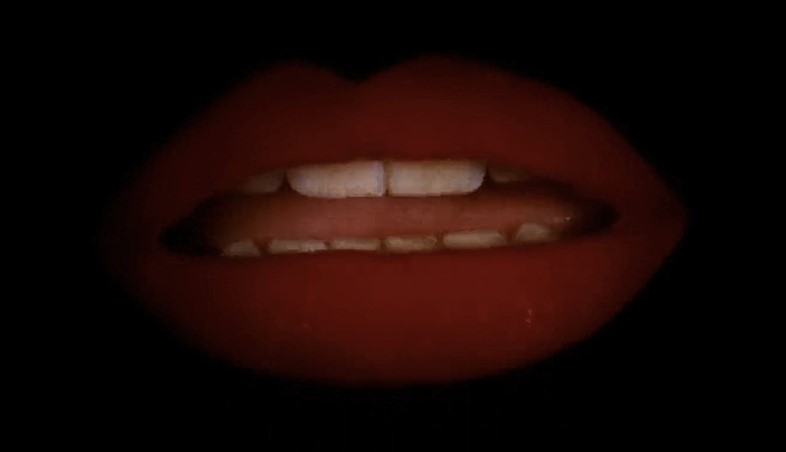
1. Orthodontia is a necessity
The film opens with the surreal, disembodied and red lipsticked mouth of housekeeper Magenta lasciviously singing the opening number – and name-dropping an abundance of B-Movie stars – for a full four minutes. This initial introduction to a dramatic aesthetic of heavy cosmetics, luscious sexuality and overwrought enunciation primes us for the rest of the film, where more is more, and drama rules. It is like a campy version of Beckett’s Not I, and additionally serves to remind the audience of the importance of orthodontic practice.
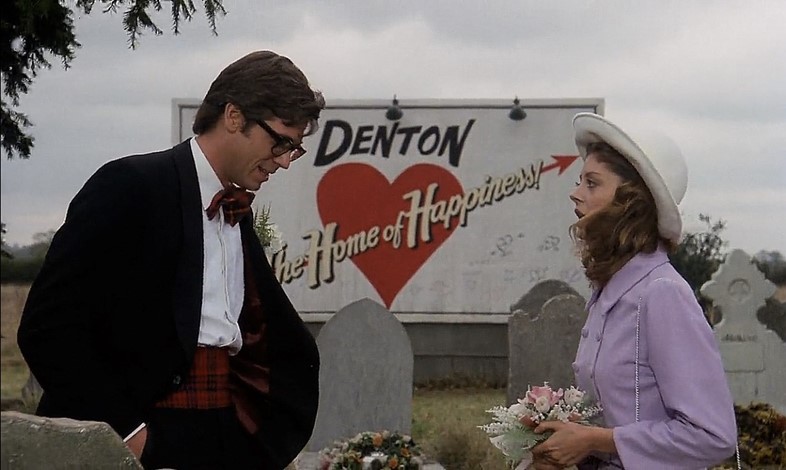
2. Take off your twinset
Immediately after saccharine, virginal couple Brad and Janet commit to the heteronormativity of marriage by getting engaged, they depart the Grant Wood banality of their Denton hometown (in fact, the film was initially titled “They Came from Denton High”). After their car breaks down, they happen upon the queerest castle ever conceived and find their world turned upside down. After overcoming their initial reluctance, and plenty of fainting – “This isn’t the Junior Chamber of Commerce, Brad!” – Janet strips off her pastel twinset, Brad embraces a new facet of his sexuality and everyone enters into an orgy of song, dance and fabulous costuming.
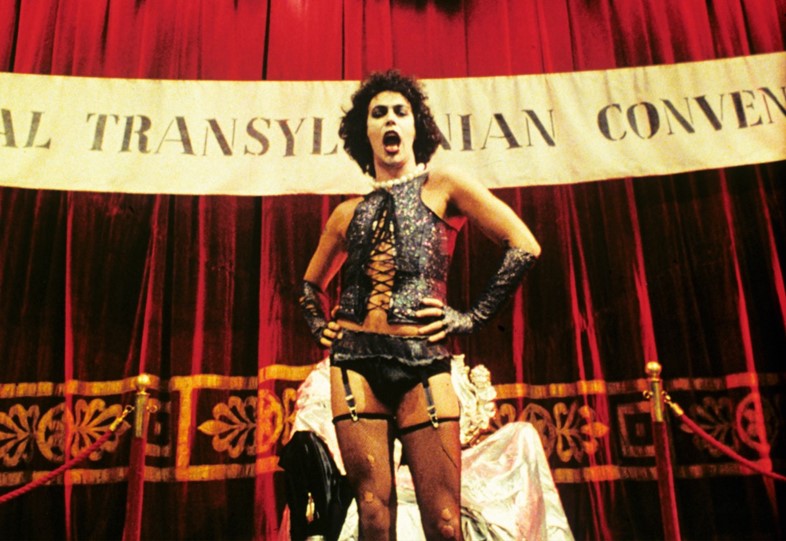
3. Gender is a construct
While leading lady Susan Sarandon is pretty as a princess, it is Tim Curry who must take the title of queen. His character, Dr. Frank N. Furter – the “sweet transvestite from Transsexual, Transylvania” – subverted gender norms during a time where words like binary and performativity were far out of the mainstream consciousness; as Alwyn W Turner wrote in Glam Rock: Dandies In The Underworld, “Bowie had worn a dress, but the sight of the pouting Curry in a corset, suspenders and stockings was even more transgressive”. Oscillating between an abundance of corsetry and a gruesomely green robe worn with New Wave accessories (which, in hindsight, looks remarkably like J.W. Anderson), he is the physical incarnation of what Judith Butler (decades) later termed “subversive bodily acts” as “in imitating gender, drag implicitly reveals the imitative structure of gender itself”.
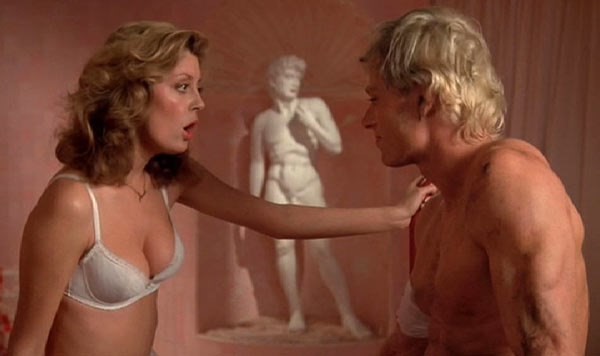
4. So too, is sex
However, it is not just gender that is revealed to be a construct in Rocky Horror. “In just seven days, I can make you a man,” Furter sings to his own Frankenstein’s monster, Rocky – and later, when Rocky and Janet have their moment, it is in a room filled with (literal) statuesque Greek gods; the very embodiment of created manhood. In 2009, Richard O’Brien told Pink News that “There is a continuum between male and female. Some are hard-wired one way or another, I’m in between,” and this queering of the often-presumed innate nature of sex, and even refusal to acquiesce to a binary, is something which played out in the film to brilliant effect.
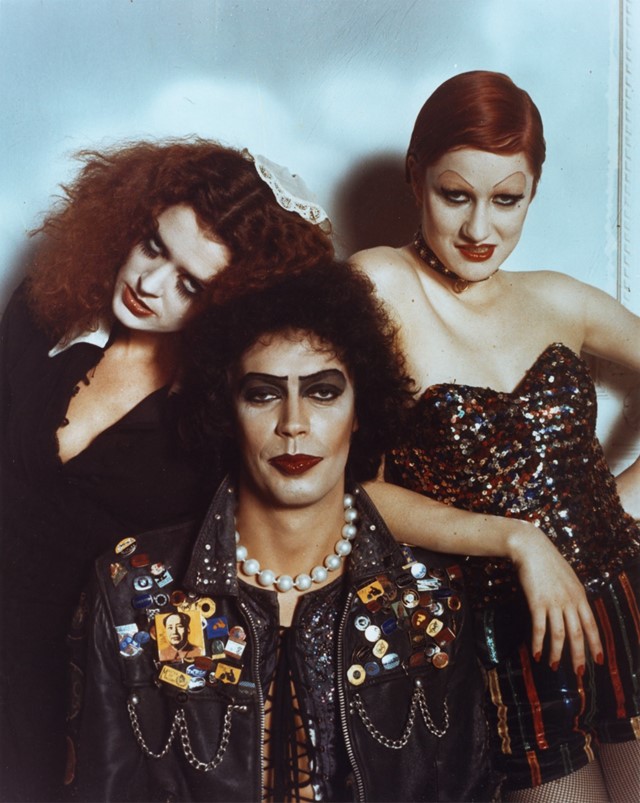
5. DIY rules
On the 25h Anniversary DVD commentary of the film, Patricia Quinn (who played Magenta) proudly proclaimed: “I maintain that [costume designer] Sue Blane invented punk, and this show invented punk. And down the road was Vivienne Westwood with her shop Sex. And she thinks she started punk, but she just copied us, down the road.” And maybe she’s right – because the most standout element of the film is its brilliantly punk, DIY sensibility. “It’s flawed, there’s no doubt about that,” writer Richard O’Brien told the Guardian. “But it’s allowed to be a little bit kitsch, I think, and the flaws are part of that quality. It is rather funny if we see the shadow of a boom mic somewhere.”
Filmed in only six weeks, Susan Sarandon was the only person who’d done a film before – and the slightly hacked-together costumes and awkward camera angles only serve to accentuate its B-movie aesthetic. With a garage band soundtrack (the backing track was recorded in four days, vocals in a week – although it featured two members of Procol Harum), it sort of feels like you and your friends could recreate it all this weekend – an element which is indisputably part of its charm. In fact, the team hired Bowie’s makeup artist, Pierre Laroche, to design the makeup looks – but he took too long on set, so Tim ended up doing it himself. Utterly accessible, completely engaging: the ultimate in Halloween inspiration.
